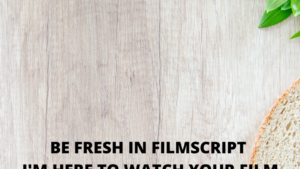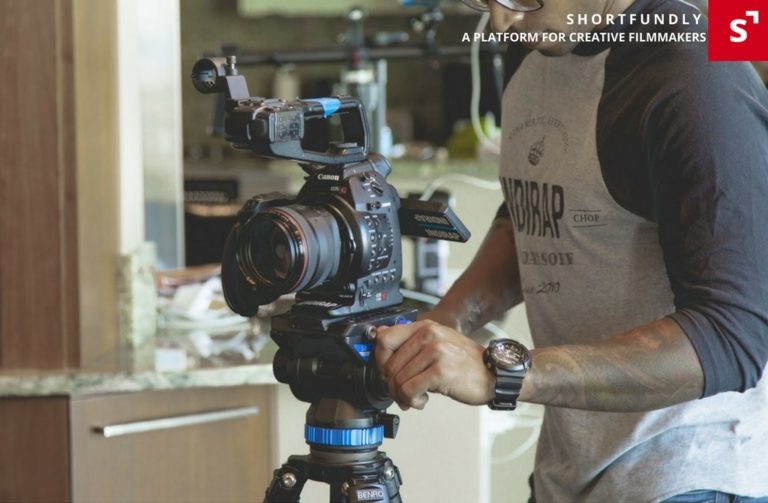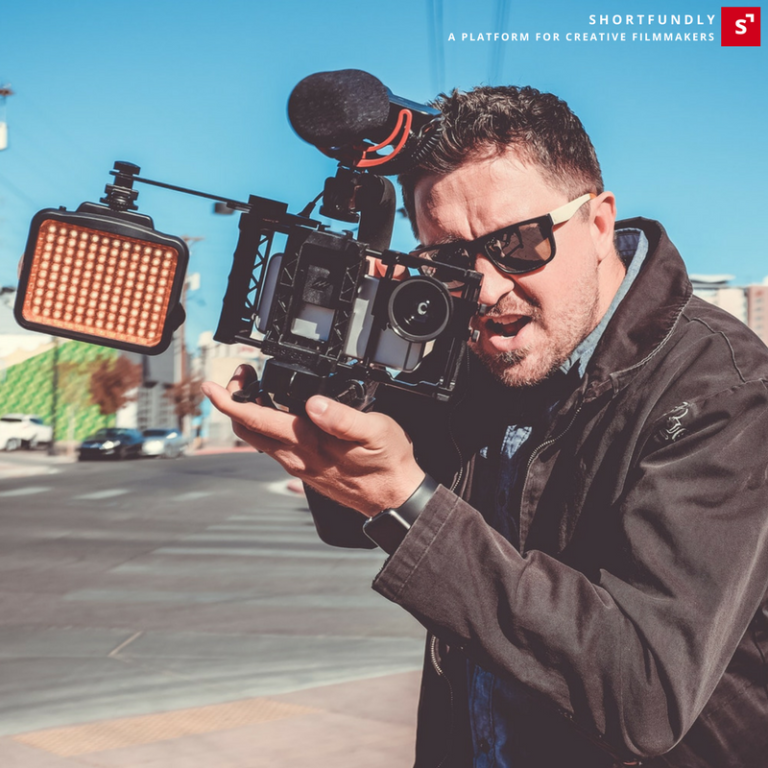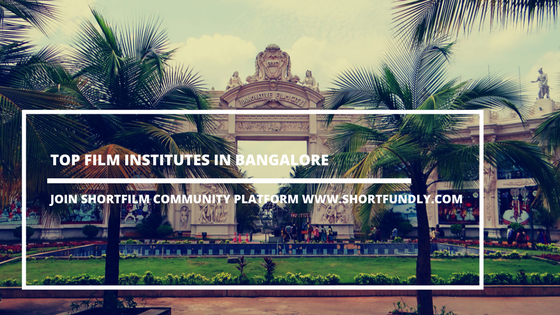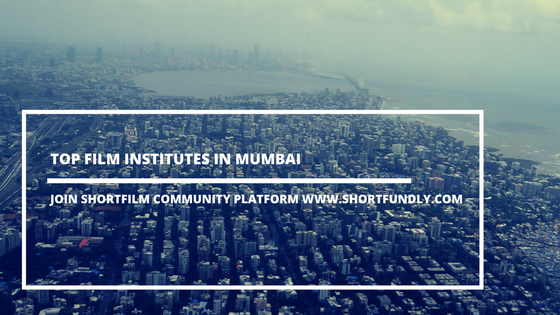Pre-production is the bit that happens before you start filming. This is where you get ideas and work out how to make the film. If you spend plenty of time on this stage, you can save hours or days later on. Production is the actual filming part. Post-production is where you edit the film together, add or edit sound and titles, and get it ready to show to people.
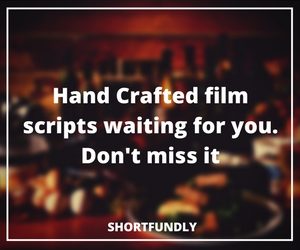
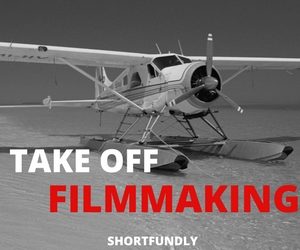
Filmmaking roles
There are lots of dierent jobs at dierent stages of the filmmaking process. If there’s a big enough team you should be able to find roles for everyone, and everyone should know what their role is – even if you decide to rotate them. But you can also simplify it right down, with just a director and a camera person. You can divide up creative jobs like writers, composers, set designers, wardrobe and costume, makeup artists and prop makers. The director is the person with the creative vision. Even if the group makes most of the creative decisions together, you’ll probably need a director at the filming stage to keep things organised. You’ll definitely need a camera operator even if you have to rotate the role so everyone gets a go. If your film’s got live sound, you’ll need a sound recordist to check sound levels, hold microphones and so on.A continuity person keeps notes to avoid distracting changes of costume and hairstyle from shot to shot.Production assistants can do things like set things up, keep the set tidy and stop other people from wandering onto the set. Once the filming is finished, you could have ‘Editing’ as a separate role – though everyone may want to have some creative involvement.
Pre-production – This is where you decide what your film is about, what the story is and how you’re going to make it. There are lots of dierent ways of planning. Which ones you use depends on what kind of film you’re trying to make.
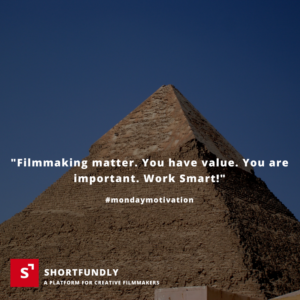

For example, if you’re trying to imitate the style of a scary movie or a drama you’ve just watched, you could make a list of all the dierent features of that genre: characters, typical scenes, typical settings, music and so on. A mindmap is a good way of getting lots of ideas about the film. You need to know what the main things that will happen in the film are and from whose point of view it’s being told. Writing a short pitch or summary can help. You can include things like what genre of film it is? What’s the story? What characters will it include? What will the visual style be? Scripts include the dialogue and descriptions of
actions and settings.A storyboard is really useful. It’s a visual plan of every shot in the film, with descriptions. Don’t worry if it i just stick figures, as long as you can see which shots are which (e.g. which ones are closeups and which ones are long shots). If the filmmakers really don’t like drawing they could use digital still cameras instead. Make sure they realise that the storyboard is a rough guide to help them plan, so they can change the order of shots and add in extra ones.
You don’t always need a storyboard – for example, you wouldn’t storyboard every shot in a shot-reverse shot drama scene. And you may not be able to plan every shot if you’re making a documentary: a basic list of shots might be best. Getting the right locations is important. Before the group decides to film somewhere, they need to visit it to check it out properly, what filmmakers call a recce. They should find out whether they need permission to film there and see if there’s enough space, what the light is like and if there are likely to be any distractions.
What costumes and props will they need? They should make a list and make sure they can get all of them.
Writing out a shot list as well as a storyboard is useful.
Join creative filmmakers platform – shortfundly now.
